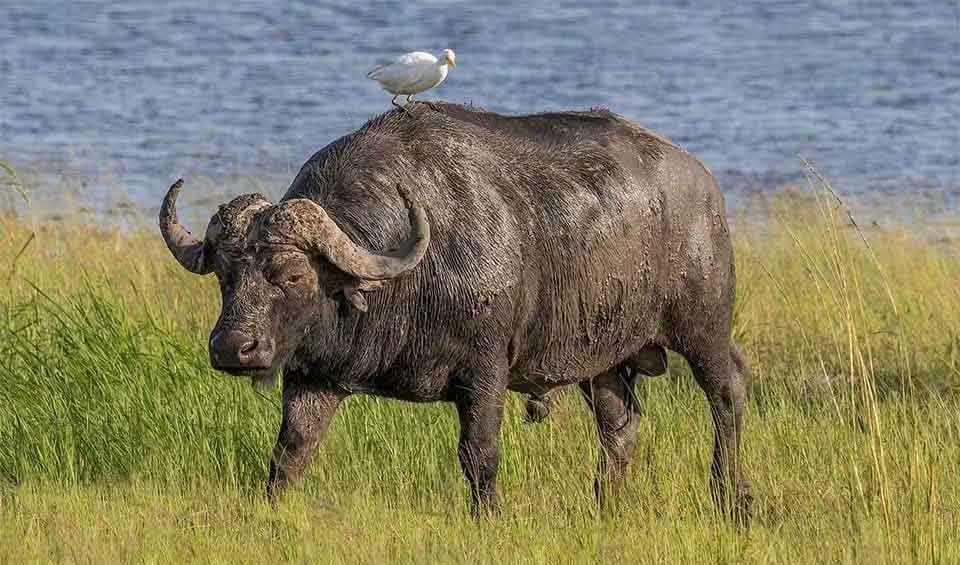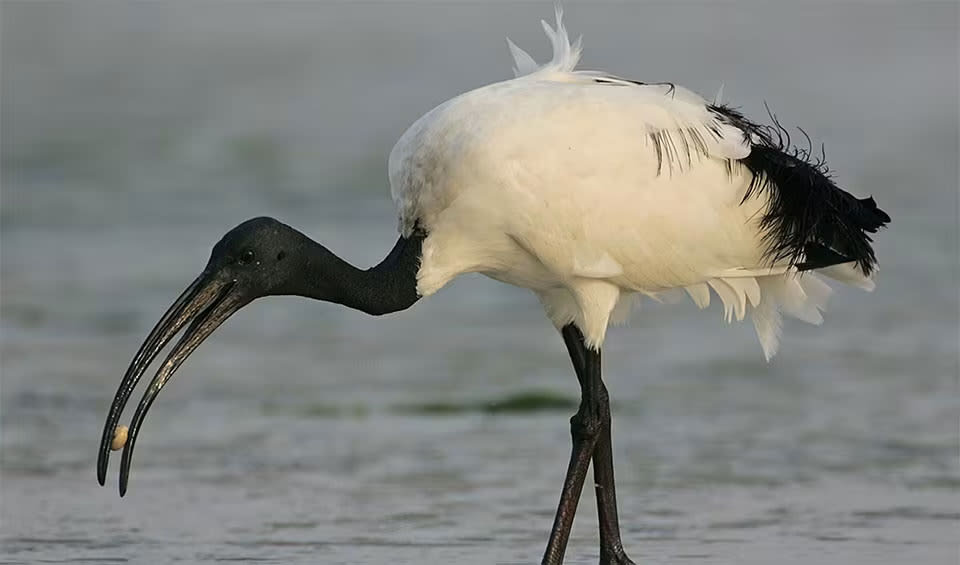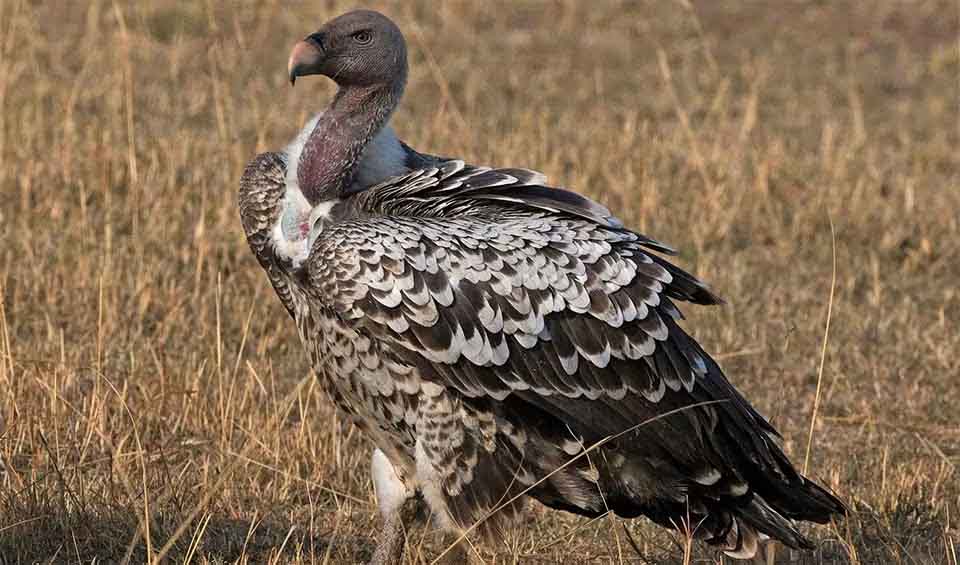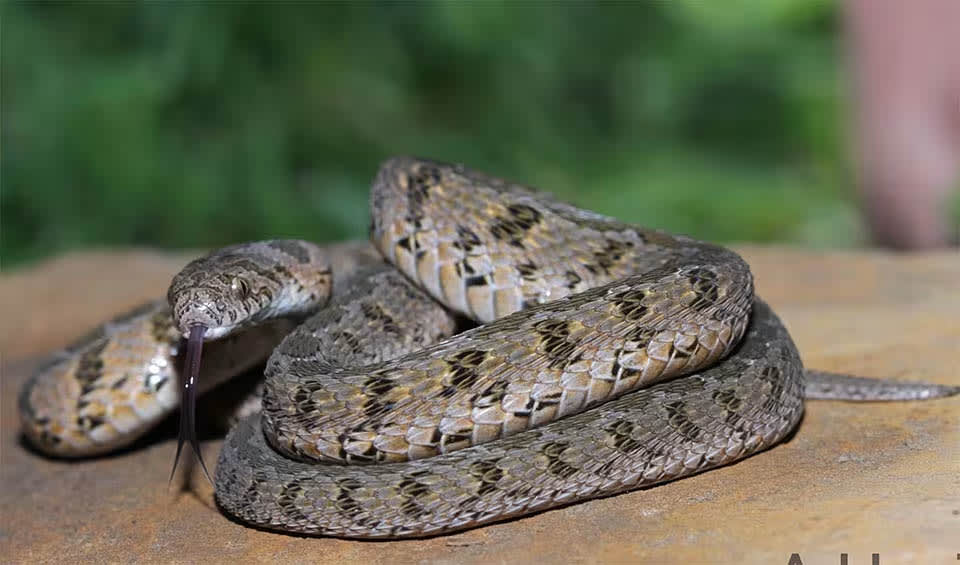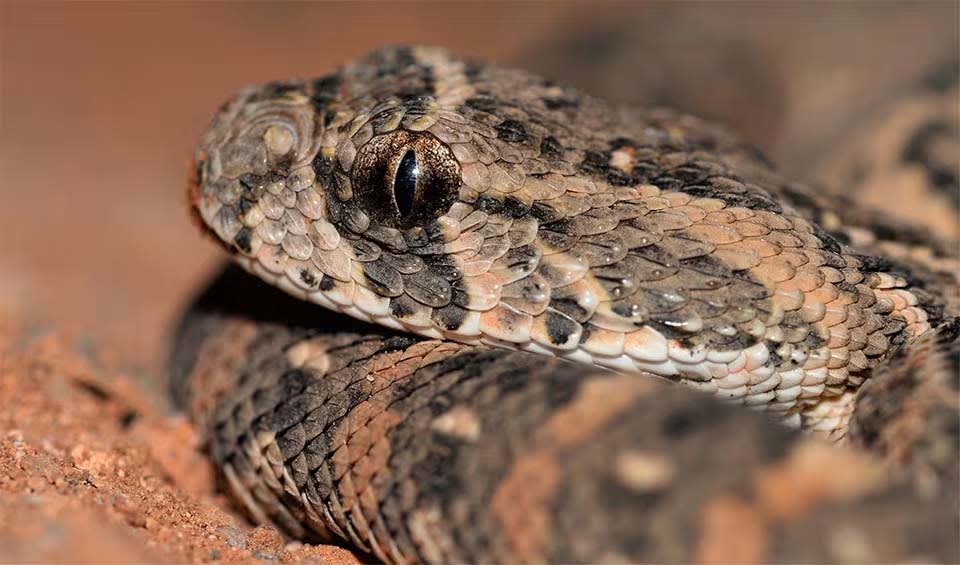A unique country in Southern Africa, Lesotho is distinguished by its status as the only nation in the world that lies entirely above 1,000 meters (3281 feet) in elevation. Completely landlocked and encircled by South Africa, Lesotho is often referred to as the “Kingdom in the Sky” due to its high altitude and mountainous terrain. This distinctive geography defines much of its climate, culture, and biodiversity.
Lesotho’s landscape is dominated by rugged mountains, rolling hills, and high plateaus, which make it one of the few regions in southern Africa where snowfall is a regular winter occurrence. The Maloti Mountains, part of the larger Drakensberg range, are particularly significant, not only for their scenic beauty but also as a source of water. Rivers originating in these mountains, including the Senqu (Orange) River, are crucial to the region, providing water to both Lesotho and South Africa.
Four pillars elaborated:
Lesotho, a mountainous country in Southern Africa, has a relatively small but vital network of protected areas that cover approximately 80 km² (31 mi²). These areas are essential for preserving the country’s unique biodiversity and cultural heritage. The network includes national parks, nature reserves, and a World Heritage Site, with the Sehlabathebe National Park being the oldest protected area and the first World Heritage Site in Lesotho, established in 1970. Most of these protected areas are located in the Maloti-Drakensberg mountain range. The Department of Environment manages and oversees these crucial conservation zones. Land Management
Land Management
In Lesotho, the preservation of biodiversity is threatened by several factors. Habitat loss and degradation, particularly in wetlands and rangelands, pose significant challenges, exacerbated by overgrazing and uncontrolled fires. These activities threaten the diverse plant and animal species dependent on these ecosystems. Additionally, invasive species, both terrestrial and aquatic, disrupt the natural balance, outcompeting native species for essential resources and threatening their survival. Threats to Biodiversity
Threats to Biodiversity
Climate change further complicates these issues, introducing increased climate uncertainty, unpredictable weather patterns, and extreme events that impact habitats and test the resilience of native species. Moreover, the pressures of subsistence agriculture are pushing further into remaining habitats, accelerating habitat loss and contributing to biodiversity decline in the region.
The government has implemented initiatives to bolster the capabilities of indigenous and local communities and to increase their participation in decision-making processes. This includes support for forming interest groups such as associations for Traditional Healers, Initiators, Herders, and Artisans. The Environment Act of 2001 and the accompanying Environment Policy include provisions that encourage and facilitate the active involvement of these communities in decision-making. Supported by the Department of Environment, traditional initiation school leaders engage in field studies to share experiences and explore new methods to address challenges to indigenous knowledge. Capacity and Governance
Capacity and Governance
Additionally, a 30% quota is reserved for women in local Government community development councils, which oversee all developmental issues, including land management and conservation. A specific department has also been established to focus on gender issues, emphasizing the importance of female involvement in all developmental structures.
Lesotho’s National Capacity Development Action Plan is designed to bolster the nation’s capabilities in fulfilling its biodiversity commitments. The plan focuses on enhancing the country’s capacity through a multi-faceted approach that includes developing strategic partnerships and improving knowledge and skills across various levels. At the individual level, the initiative aims to provide training and education to equip people with the necessary skills to contribute to biodiversity conservation. Institutionally, the plan seeks to strengthen organizations involved in biodiversity by enhancing their operational and technical capacities. Future Trends
Future Trends
Biodiversity
Lesotho is home to several species that are unique to its territory. Notable among these are the Maloti minnow, a small fish exclusive to the highland rivers, and the Drakensberg rockjumper, a bird found in the high-altitude grasslands. The country also supports about 80 species of mammals, including various antelopes, baboons, jackals, and small carnivores.Bird enthusiasts will find much to appreciate in Lesotho, with 339 bird species recorded in the country. The avian diversity includes eagles, vultures, and a variety of colorful songbirds. Additionally, Lesotho’s flora is quite distinctive, featuring unique alpine plants that are well-adapted to the high-altitude, rocky environments. These resilient plants are integral to the biodiversity of the region.
In the table below are the number of known species in several main groups, how many of these species are Threatened with extinction, and how many of them are Endemic (unique to Lesotho only):
| Species (World rank) |
Threatened | % Threatened | Endemic | % Endemic | |
|---|---|---|---|---|---|
| Mammals | 81 (#140) | 4 | 4.9% | ||
| Birds | 250 (#152) | 9 | 3.6% | ||
| Reptiles | 19 (#159) | ||||
| Amphibians | 18 (#109) | 3 | 16.7% | 1 | 5.6% |
| Fishes | 12 (#207) | 2 | 16.7% | ||
| Plants | 1,779 (#154) | 4 | 0.2% | 54 | 3.0% |
mammals
Black wildebeest
Smaller and rarer than Blue wildebeest, sometimes sharing the same areas
African buffalo
They are also known as the “black death” or “widowmaker,” which says a lot about them – dangerous!
Springbok
The national animal of South Africa and even lend their name to a South African rugby team
birds
African sacred ibis
The fossil records suggest that this species has been on this planet for millions of years
Rüppells vulture
Once found flying 11,300 meters (37,100 ft) high, sadly, this was more of an accident than a discovery
reptiles
African helmeted turtle
A freshwater turtle native to the waters of Africa and Madagascar
Common egg eater
Has the incredible ability to swallow eggs that are much larger than its own head
Puff adder
Notoriously grumpy, always putting on a dramatic hissy fit when approached
National Animals
Black rhinoceros
With 3 out of 8 subspecies have been declared extinct, illegal poaching puts these hooked upper lip rhinos in danger

